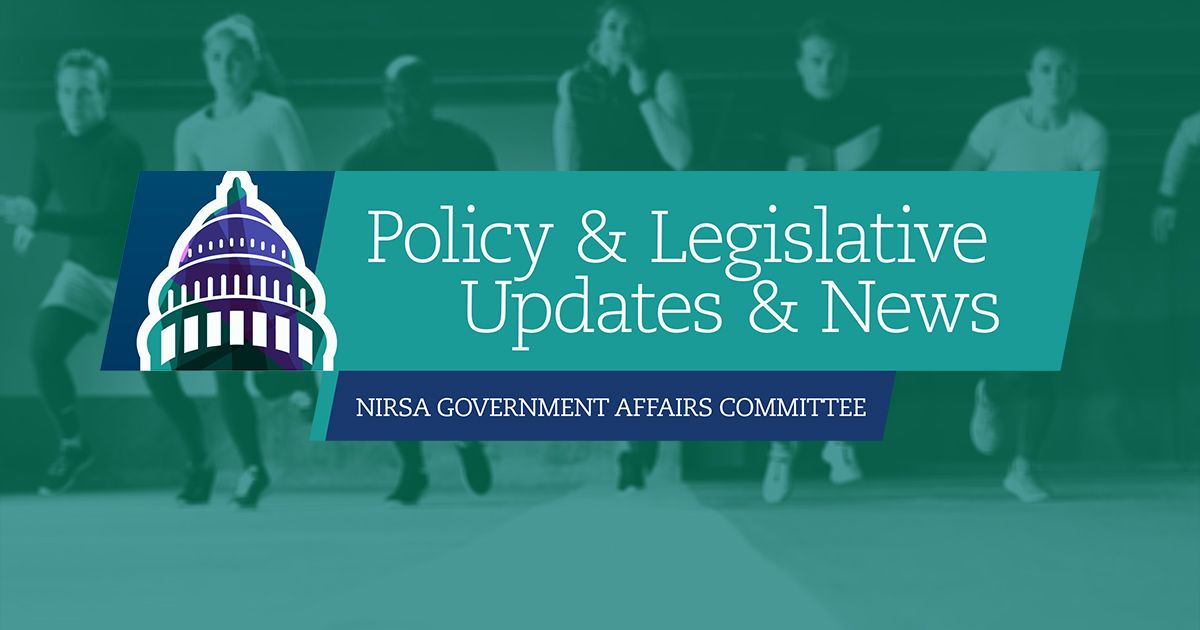With graduation season and the start of summer term comes updated enrollment figures and reporting around the state of higher education. Staying informed on the latest trends and data will allow higher education professionals to be proactive in responding to changing conditions on their campuses.
In May, the National Student Clearinghouse Research Center released new data showing that total enrollment for spring 2022 fell by 4.1%, marking the fifth semester in a row of declining total enrollment. Community colleges have once again been hit the hardest, but public 4-year colleges saw the second biggest decline.
While continued pandemic impacts may not make the decline surprising, it is surprising that undergraduate enrollment continues to decline instead of seeing the trend start to arrest or reverse. Overall, there are 1.4 million fewer undergraduate students than before the pandemic. Added on top of an already shrinking high school graduate population this is concerning to all those in higher ed.
State by state
These nation-wide trends reflect differently in each state, of course, and staying aware of the factors impacting your state and region is important. Indiana, West Virginia, Arizona, Kansas, and Tennessee have all made the news recently for steep drops in their college going rates. For example, Tennessee reports nearly half of 2021 high school seniors aren’t going on to postsecondary education.
Indiana also saw a six percent decline in college enrollment 2020 from their 2019 rates—calling it the sharpest one-year decline in a generation. The Chronicle of Higher Education, digging into the data further, also shows that of the students who do enroll in college, nearly the same amount of Indiana high school graduates attended “private or out-of-state colleges in 2020 as in 2019—meaning the drop in college-going was absorbed almost entirely by in-state public and community colleges.”
While birth-rate driven high school graduation data was perhaps most top-of-mind for states pre-pandemic, other state-specific data can help tell a more nuanced story. For example, a recent study out of Worcester Polytechnic Institute used IPEDS data from 2012, 2018, and 2020 to indicate which states’ students are most likely to stay in state for enrollment at a four-year institution.
Enrollment gaps
Over the past year, many reports have noted that COVID era enrollment and retention drops have hit men – especially Black and Latino men – and students graduating from lower-income high schools the hardest.
More women than men have received bachelor’s degrees every year since 1982, and they also now lead in associate, master’s, and doctorate degree obtainment. This pattern which, a recent Chronicle of Higher Education article notes, “cuts across race and socioeconomic class, and is not unique to the United States, has been attributed to a variety of factors, both sociocultural and academic.”
The pandemic amplified this decades long trend; National Student Clearinghouse data shows male enrollment has declined 8.6% over the past two years. While female enrollment has also declined during the pandemic, it has done so at a lower rate.
Enrollment gaps are always troubling as it means a significant segment of the population is missing the opportunities of higher education, which then impacts on our larger society and future. This is even more troubling when that is applied to groups facing other societal, systemic barriers—in this case, Black and Latino men. But having large segments of society missing from the college experience also impacts that experience for everyone, as it means voices and perspectives are often missing, hindering everyone’s ability to learn and grow.
As colleges and universities continue working to solve enrollment issues, the “missing men” is one issue several are turning attention to. Some institutions have seen success in recent years with increasing their male enrollment; importantly, those same schools are also reporting a focus on retaining those students once they arrive on campus. There have been some great success stories in this area too. On the whole, though, retaining students—especially students from underrepresented populations—continues to be a challenge.
“Retention at university matters. It matters morally, as we know the life chances of people who complete a degree are dramatically improved. It matters financially, as students who leave a university before graduation take their fees with them. And it matters nationally, as the higher the education level of the population, the greater the nation’s levels of productivity and innovation.” – Source: “Improving Student Retention: A University of Western Sydney Case Study”
That “retention matters” has been a common refrain in the higher education space for over a decade now. Yet, higher education, as a whole, hasn’t made much progress. Pulling from National Student Clearinghouse data, the Chronicle reports, “Nationally, about a third of students leave their institutions after one year. Each year, 25 percent of students leave higher ed altogether. These numbers have been mostly flat for the past decade, other than an additional 2-percent drop during the pandemic.”
Value in higher education
In considering enrollment and retention, the “value of higher education” is a refrain making its way from college campuses to the large socio-political stage. While the conversation may have intensified lately, fueled by pandemic impacts and a growing political divide, it has been brewing for a while, even as data on life time earning potential and other financial value indicators continue to be published. A 2021 Association of American Colleges & Universities study found that the majority of Americans will still say higher education is worth it—but warned that who you ask and how you frame the question does have an impact.
And those perceptions about value matter, not just as debate topics for cable TV’s talking heads, but for those who are considering enrolling in college and, maybe most importantly, those already on campus. Arguably, no group more so than those who make up your current student body should feel that the holistic educational experience they’re participating in has value—and that the community they’ve joined values them.
Holistic wellbeing for the campus community and ensuring everyone feels a sense of belonging are critical ways everyone on campus can help make higher education a valuable experience, thereby impacting some of the larger enrollment and retainment trends being reported on.
A recent Gallup-Lumina study found that “within the past six months, three-fourths of students in bachelor’s programs and two-thirds of adults seeking associates degrees who have considered taking a break from college cited emotional stress.” In fact, while pandemic-related factors were very real, “mental health was cited twice as often as the pandemic, the cost of college, or the difficulty of coursework as the reason college students had considered stopping out.”
Holistic wellbeing matters on campuses like never before – both for the individual student and the future of the institution itself. Campus recreation is poised to be a driving force in helping lead this change. And now is the time. The National Student Clearinghouse Research Center data released in May did have one bright spot—there was a 4.2% increase in students starting college for the first time this Spring. What can we do to help those students thrive and succeed?
Changing campus culture to be one of truly integrated wellbeing is huge. Responding to the multi-layered impacts of the pandemic is huge. But reaching out to an individual student is one step anyone can take—and it’s one this profession excels in.
“Imagine simply asking each of your students: ‘Who is your mentor? Who on campus has your back?’ If they don’t have an answer, we help them find one.
What if we helped students identify their most meaningful activity—whether it is research, a work-study job, or intramural volleyball—and challenged and supported them to go deeper with it? Rather than seeing students as ‘at-risk’ or in a deficient category compared with the norm, what if we see them as needing to develop and understand their own motivations?” – Source: “Have We Gotten Student Success Completely Backward?”
- For more information, contact NIRSA Director of Advocacy & Strategic Partnerships Erin O’Sullivan.
Erin O'Sullivan is currently the Senior Director of Initiatives and Impact at NIRSA.








